never hired a landscaper, some questions
joeschmoe80
11 years ago
Related Stories

MOVINGHiring a Home Inspector? Ask These 10 Questions
How to make sure the pro who performs your home inspection is properly qualified and insured, so you can protect your big investment
Full Story
EXTERIORSCurb Appeal Feeling a Little Off? Some Questions to Consider
Color, scale, proportion, trim ... 14 things to think about if your exterior is bugging you
Full Story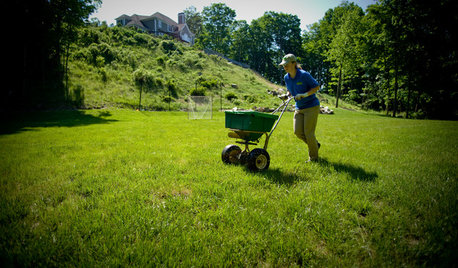
LANDSCAPE DESIGNHow to Find and Hire a Great Landscape Contractor
Get your landscape project built on time and on budget by hiring a quality professional
Full Story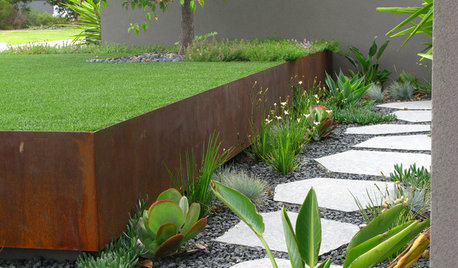
LANDSCAPE DESIGN7 Questions to Ask Before Laying Stepping Stones
These broken-up pathways invite you to put a spring in your step — while adding functionality to the garden
Full Story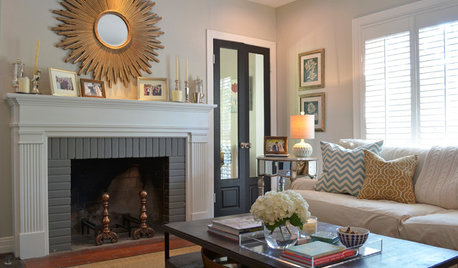
DECORATING GUIDESDecorating 101: Do It Yourself or Hire a Pro?
Learn the advantages and disadvantages of decorating alone and bringing in skilled help
Full Story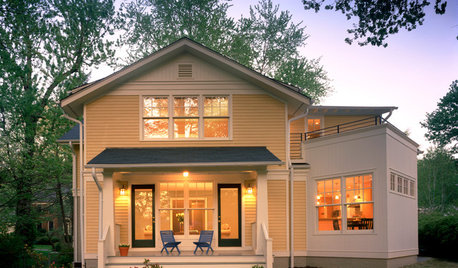
WORKING WITH PROSHow to Hire the Right Architect: Comparing Fees
Learn common fee structures architects use and why you might choose one over another
Full Story
WORKING WITH PROS12 Questions Your Interior Designer Should Ask You
The best decorators aren’t dictators — and they’re not mind readers either. To understand your tastes, they need this essential info
Full Story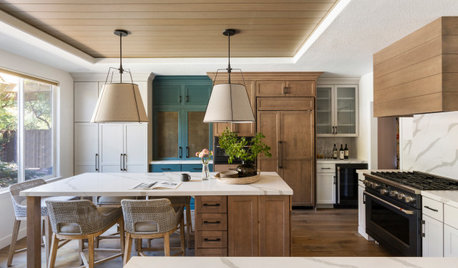
WORKING WITH PROS6 Reasons to Hire a Home Design Professional
Doing a construction project without an architect, a designer or a design-build pro can be a missed opportunity
Full Story
REMODELING GUIDESConsidering a Fixer-Upper? 15 Questions to Ask First
Learn about the hidden costs and treasures of older homes to avoid budget surprises and accidentally tossing valuable features
Full Story
SELLING YOUR HOUSE15 Questions to Ask When Interviewing a Real Estate Agent
Here’s what you should find out before selecting an agent to sell your home
Full Story





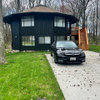



Mike Larkin
Yardvaark
Related Professionals
Winder Landscape Architects & Landscape Designers · Wixom Landscape Architects & Landscape Designers · Apollo Beach Landscape Contractors · Arlington Landscape Contractors · Ellensburg Landscape Contractors · Fairfield Landscape Contractors · Laguna Hills Landscape Contractors · Mequon Landscape Contractors · Muttontown Landscape Contractors · Oklahoma City Landscape Contractors · Fort Lee Decks, Patios & Outdoor Enclosures · Greeley Decks, Patios & Outdoor Enclosures · Palmetto Decks, Patios & Outdoor Enclosures · San Antonio Decks, Patios & Outdoor Enclosures · Santa Ana Decks, Patios & Outdoor Enclosuresjoeschmoe80Original Author
Yardvaark
Suzi AKA DesertDance So CA Zone 9b
joeschmoe80Original Author
deviant-deziner
gardengal48 (PNW Z8/9)
joeschmoe80Original Author
mad_gallica (z5 Eastern NY)
drtygrl
karinl
deviant-deziner
karinl
deviant-deziner
Yardvaark
inkognito
drtygrl
gardengal48 (PNW Z8/9)
adriennemb2
Yardvaark
deviant-deziner
wellspring
karinl